REFRIGERATED CENTRIFUGE
Make Dinesh Scientific
DESCRIPTION
With the use of centrifugal force, materials with varying densities can be separated in a sophisticated laboratory device called a chilled centrifuge. It works on the idea that the denser particles in a sample travel outward and form different layers when it is spun rapidly. The following is a thorough explanation of a chilled centrifuge:
MAIN COMPONENTS:
ROTOR: The sample tubes or containers are held in place by the centrifuge’s rotor. It creates centrifugal force by spinning quickly.
MOTOR: The rotor is driven by a strong motor, which enables high rotation rates.
CONTROL PANEL: Users can adjust centrifuge process parameters like speed, temperature, and duration via the control panel.
REFRIGERATION SYSTEM: This feature separates a conventional centrifuge from a chilled one. It has a cooling system that keeps the centrifugation temperature low, which is essential for protecting the integrity of samples that are sensitive to temperature changes.
2. FUNCTIONALITY:
CENTRIFUGATION: The main purpose is to rotate the samples quickly such that the denser components settle to the bottom of the tubes.
REFRIGERATION: The centrifuge’s internal temperature is regulated by an integrated refrigeration system, which permits sample separation without jeopardizing the integrity of materials that are sensitive to temperature changes.
3.APPLICATIONS:
CELL SEPARATION: Cells are divided according to density in biological research.
PROTEIN PURIFICATION: vital for separating and purifying proteins from complicated mixtures in biological investigations.
DNA AND RNA EXTRACTION: helps to separate nucleic acids from biological materials more easily.CLINICAL DIAGNOSTICS: utilized in clinical labs for a range of diagnostic procedures, including the separation of blood components.
TEMPERATURE CONTROL:
Depending on the model, the refrigeration system can normally regulate the temperature between below ambient and below zero.
SAFETY FEATURES:
LID LOCKING MECHANISM: Makes sure the centrifuge lid stays firmly closed while it is in use..
AUTOMATIC IMBALANCE DETECTION: In the event of an imbalance, stops the centrifuge to protect the samples and the device.
CAPACITY AND SPEED:
SAMPLE CAPACITY: To handle a variety of sample sizes and kinds, refrigerated centrifuges are available in a range of sizes and rotor designs.
SPEED CONTROL: Users can adjust the centrifugation settings for various applications using variable speed control.
USER INTERFACE:
Digital Display: For convenient monitoring of the settings, remaining time, and speed, the control panel usually has a digital display. In conclusion, a refrigerated centrifuge is a multipurpose laboratory instrument that combines temperature control and centrifugation principles, allowing scientists to precisely separate and analyze samples, particularly when working with materials that are sensitive to temperature.
FEATURES:
- Benchtop Refrigerated Centrifuge:
- Robust C.R.C. structure with powder-coated finish
- A centrifugal bowl made of stainless steel for added protection and simple cleaning.
- Equipped with an electronic drive and a well balanced brushless motor.
- 20 characters in 4 lines. LCD display for rpm, cf, set and run times, and set times
- A digital timer with a range of 0 to 99 minutes, lid lock, quick spin, and rotor identification.
- There is an automated dynamic brake and an imbalance detector.
TECHNICAL SPECIFICATIONS:
| MODEL | DS-RC-SAR |
| Capacity | 1 litre |
| Temperature Range | 9°C to 40°C |
| Energy Efficiency | Automatic shut off function to reduce energy consumption and extend compressor life when not in use for long hours |
| Capacity | · 4 x 250 ml
· Bottles 2 x 5 MTP |
| Cooling Functionality | Fast temperature function for rapid cooling ,Standby cooling options |
| Condensate Drain | In-built to prevent water accumulation |
| Footprint | Smallest possible foot print |
| Temperature Control | Excellent temperature control with continuous compressor operation during run time |
| User Interface | Key panel with provision to set: ,Speed RPM / RCF ,Radius correction values ,Timer setting (1 min to 99 min) with continuous run function and separate short spin key with selectable rotational speed |
| Safety Features | Automatic rotor recognition Imbalance detection |
| Display | LCD |
| Acceleration/Deceleration Steps | 10 |
| Speed | · Fixed angle rotors: 14,000 rpm, 20,913 x g force
· Swing out rotors: 4,500 x g force |
| Noise Level | 55 dB(A) at speed for quiet operation in the workplace |
| Rotor Material | Metallic, fully autoclavable at 121°C |
| Lid Features | Soft-touch lid closure Low opening height for stress-free lid locking |
| Timer | Timer setting from 1 min to 99 min |
| Emergency Lid Release | Preferably located in front side (in case of power failure) |
| Sample Access | Smallest lid opening height for easy sample access while loading and unloading samples |





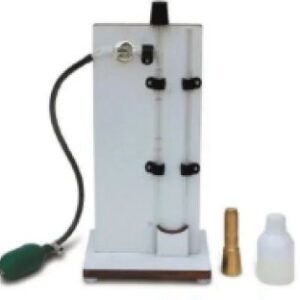
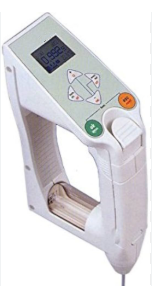



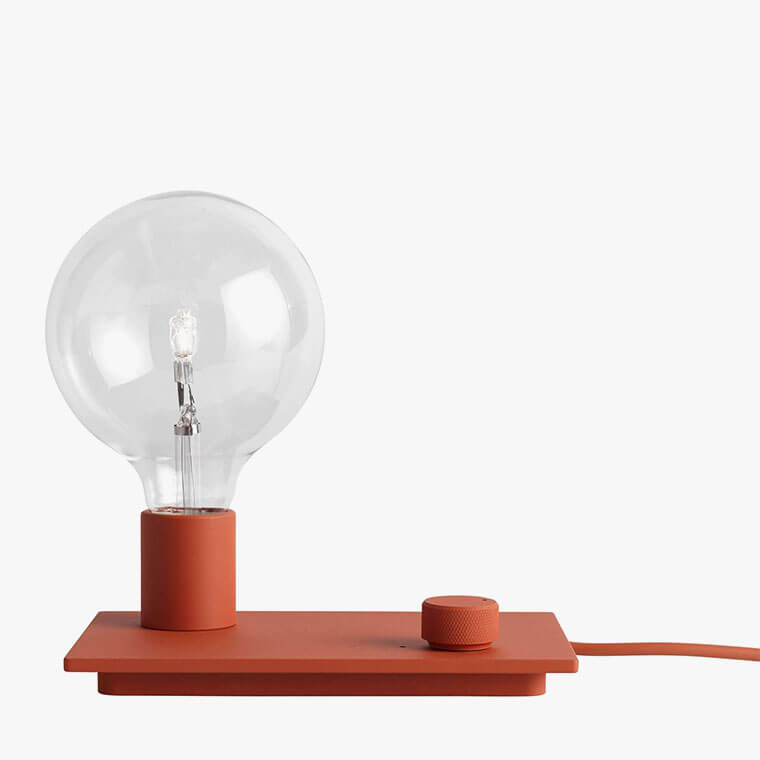
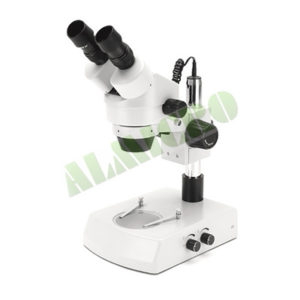

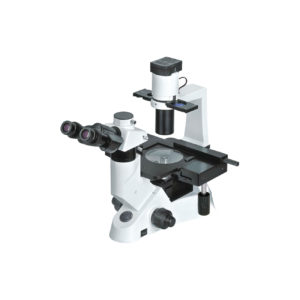
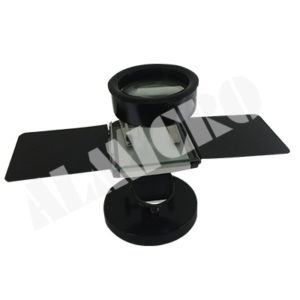
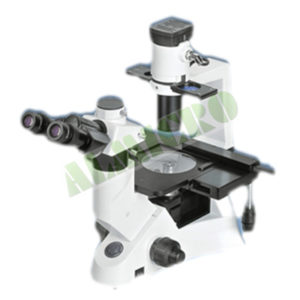

Reviews
There are no reviews yet.